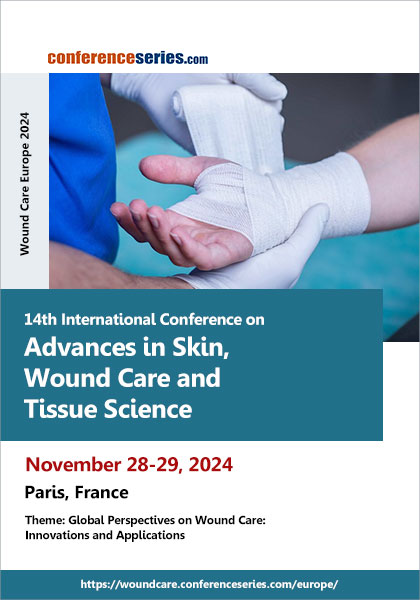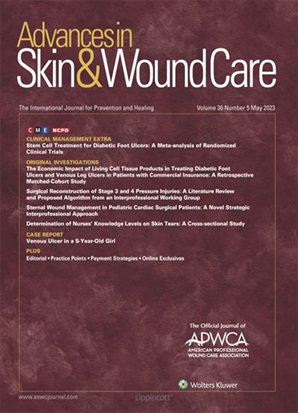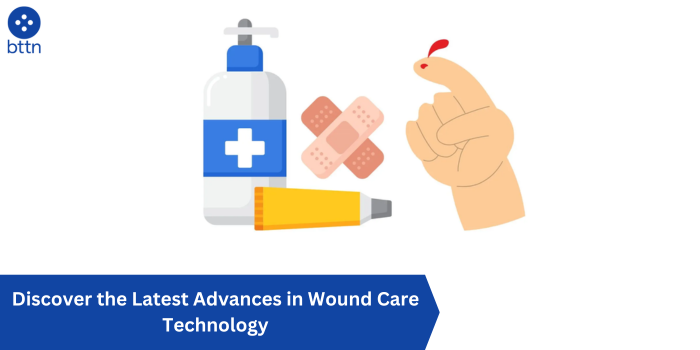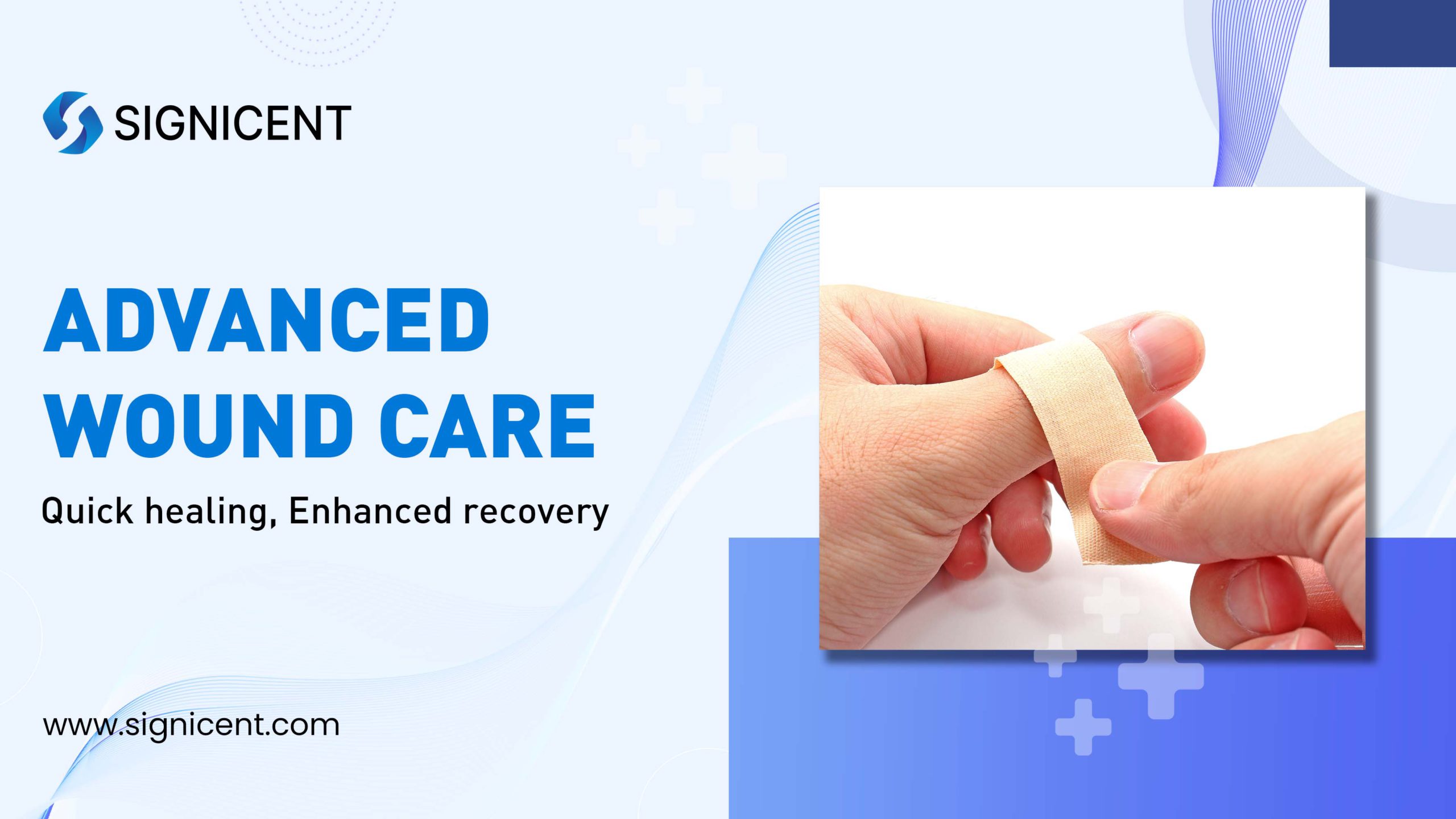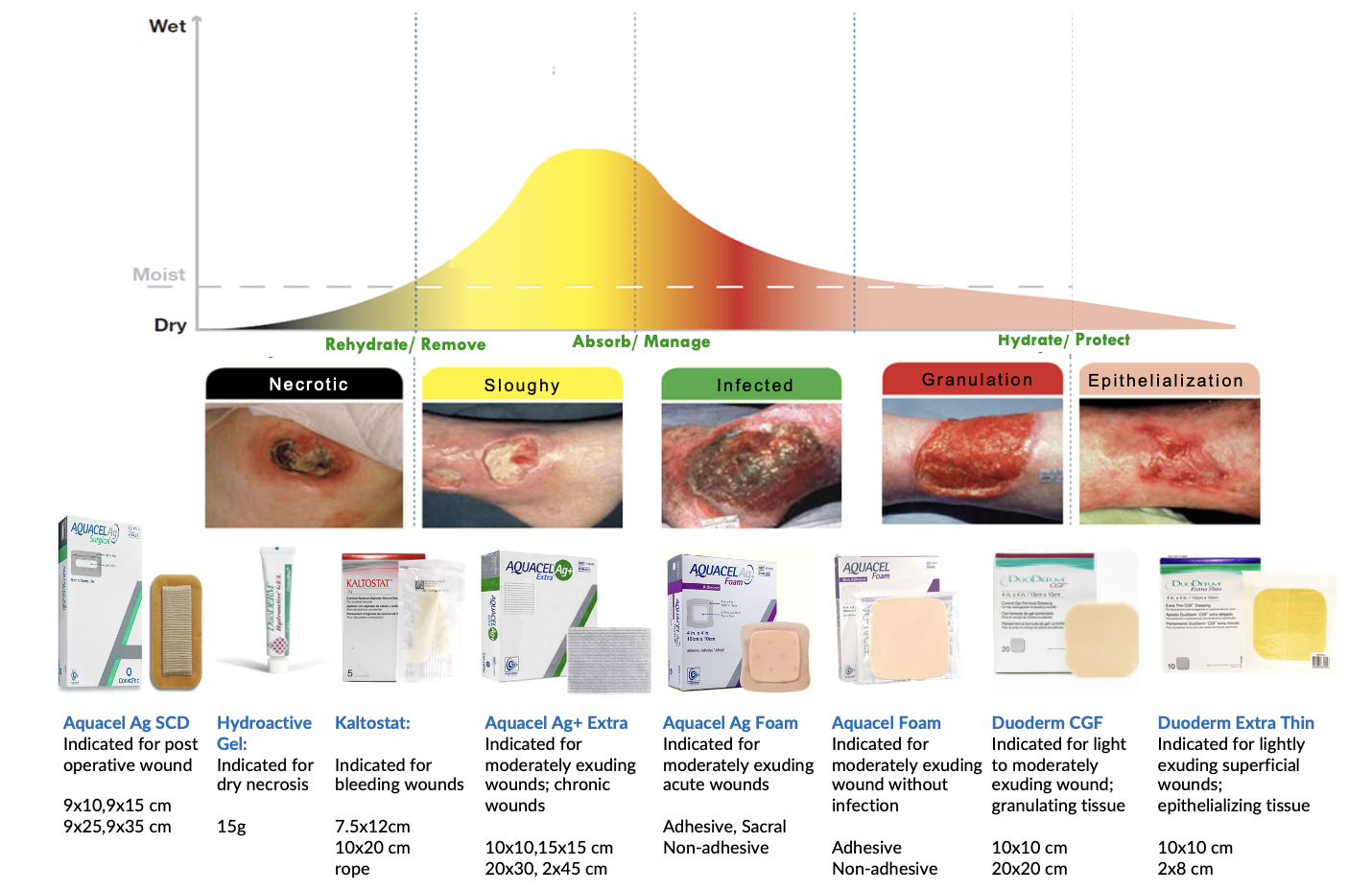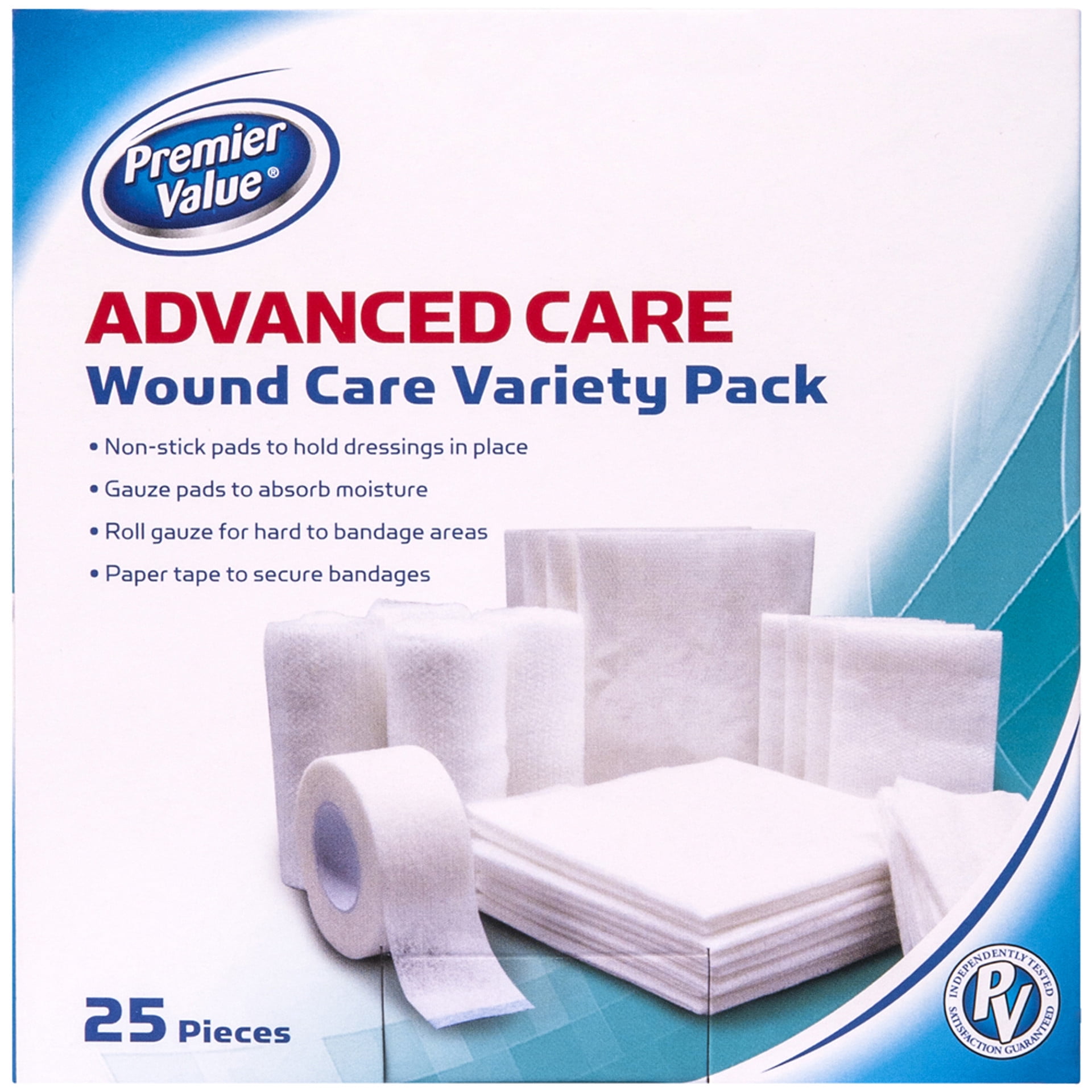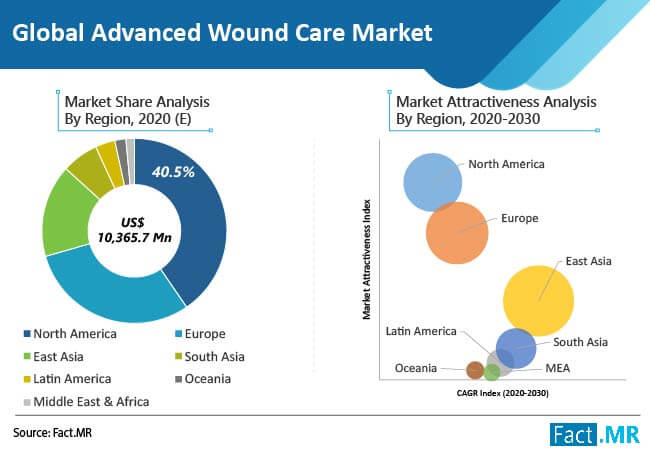Advances In Skin & Wound Care
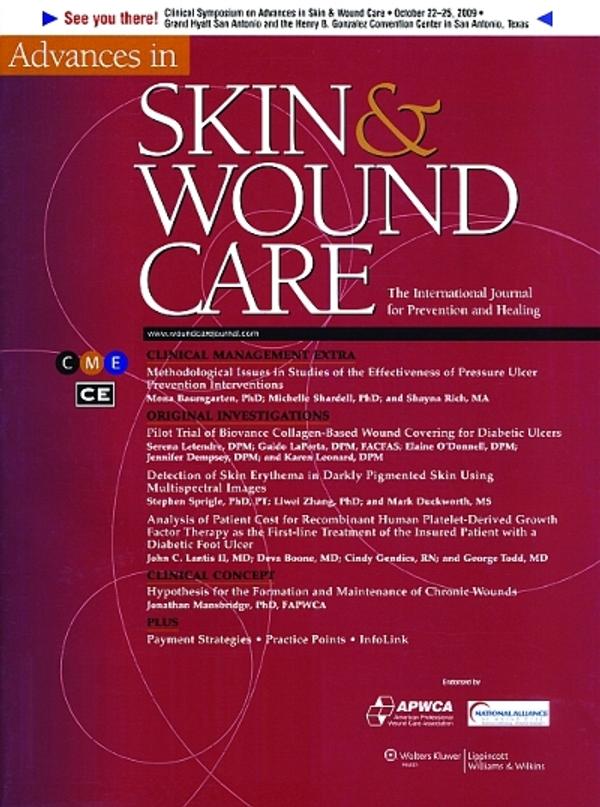
The landscape of skin and wound care is undergoing a significant transformation, driven by groundbreaking research and technological innovations. From advanced biomaterials to sophisticated diagnostic tools, these advancements promise faster healing times, reduced scarring, and improved quality of life for patients suffering from a variety of skin conditions and injuries.
This article explores recent breakthroughs in skin and wound care, examining the scientific underpinnings, clinical applications, and potential impact of these innovations on patients and healthcare systems alike. We will delve into specific areas of progress, including bioengineered skin substitutes, growth factor therapies, and non-invasive wound monitoring technologies.
Bioengineered Skin: A New Frontier
One of the most promising areas of advancement lies in the development of bioengineered skin substitutes. These lab-grown skin replacements offer hope for patients with severe burns, chronic ulcers, and other conditions requiring extensive skin grafting.
Researchers are utilizing various techniques to create these substitutes, including culturing cells from a patient's own skin or using donor tissue. The goal is to create a functional skin replacement that integrates seamlessly with the patient's body, promoting faster and more natural healing.
Apligraf, for example, is a bioengineered skin substitute that contains living cells and has been shown to be effective in treating diabetic foot ulcers and venous leg ulcers. Other products, such as OrCel, combine collagen with living cells to create a more complex and functional skin substitute.
Growth Factor Therapies: Accelerating Healing
Growth factors are naturally occurring proteins that play a crucial role in wound healing by stimulating cell growth, proliferation, and migration. Researchers are now harnessing the power of growth factors to develop therapies that accelerate the healing process in chronic wounds.
One example is Becaplermin, a recombinant human platelet-derived growth factor (rhPDGF-BB) approved for the treatment of diabetic foot ulcers. Becaplermin stimulates cell proliferation and collagen synthesis, promoting wound closure and tissue regeneration.
However, the use of growth factor therapies is not without its challenges. Careful consideration must be given to the appropriate dosage, delivery method, and potential side effects to ensure optimal outcomes.
Non-Invasive Wound Monitoring: The Future of Diagnostics
Traditional wound assessment relies on visual inspection and manual measurements, which can be subjective and prone to error. New non-invasive wound monitoring technologies are emerging that offer more objective and precise assessments of wound healing progress.
These technologies utilize various techniques, such as optical imaging, laser Doppler flowmetry, and hyperspectral imaging, to measure parameters such as wound size, tissue perfusion, and inflammation levels. This data can then be used to guide treatment decisions and track healing progress over time.
Companies like Kent Imaging are developing handheld devices that can assess tissue oxygenation and blood flow in real-time, providing clinicians with valuable information to optimize wound care strategies.
Addressing Chronic Wounds: A Major Healthcare Challenge
Chronic wounds, such as diabetic foot ulcers and pressure ulcers, represent a significant healthcare challenge, affecting millions of people worldwide and costing billions of dollars annually. These wounds often fail to heal through conventional treatments and can lead to serious complications, including infection, amputation, and even death.
The advances in skin and wound care discussed above offer hope for improving the outcomes of patients with chronic wounds. By combining bioengineered skin substitutes, growth factor therapies, and non-invasive wound monitoring technologies, clinicians can provide more effective and personalized care.
However, widespread adoption of these new technologies requires addressing several barriers, including cost, accessibility, and lack of awareness. Collaborative efforts between researchers, clinicians, and policymakers are needed to overcome these challenges and ensure that these advancements benefit all patients in need.
The Human Impact: Improving Lives Through Innovation
Beyond the scientific and technological aspects, it's important to remember the human impact of these advancements. For patients suffering from chronic wounds or severe skin conditions, these innovations can mean the difference between a life of pain and disability and a life of healing and independence.
Consider the story of Maria Rodriguez, a 65-year-old woman with diabetes who developed a chronic foot ulcer that wouldn't heal despite months of traditional treatment. Thanks to a new bioengineered skin substitute, Maria's ulcer finally closed, allowing her to walk without pain and regain her independence.
Stories like Maria's highlight the profound impact that advances in skin and wound care can have on individuals and their families. As research continues to push the boundaries of what's possible, we can expect to see even more transformative therapies emerge in the years to come.
Conclusion: A Promising Future for Skin and Wound Care
The field of skin and wound care is experiencing a period of rapid innovation, driven by advancements in bioengineering, growth factor therapies, and non-invasive monitoring technologies. These advancements offer hope for improving the outcomes of patients with a wide range of skin conditions and injuries, including severe burns, chronic ulcers, and surgical wounds.
While challenges remain in terms of cost, accessibility, and implementation, the potential benefits of these new technologies are undeniable. By continuing to invest in research and development, and by fostering collaboration between researchers, clinicians, and policymakers, we can ensure that these advancements reach the patients who need them most, improving their quality of life and transforming the future of skin and wound care.
The ongoing advancements signify a paradigm shift towards more effective, personalized, and patient-centered approaches in treating skin and wound-related ailments.
"These are exciting times for the field,"says Dr. Emily Carter, a leading researcher in wound healing at the National Institutes of Health.
"We are moving closer to solutions that were once considered science fiction."


